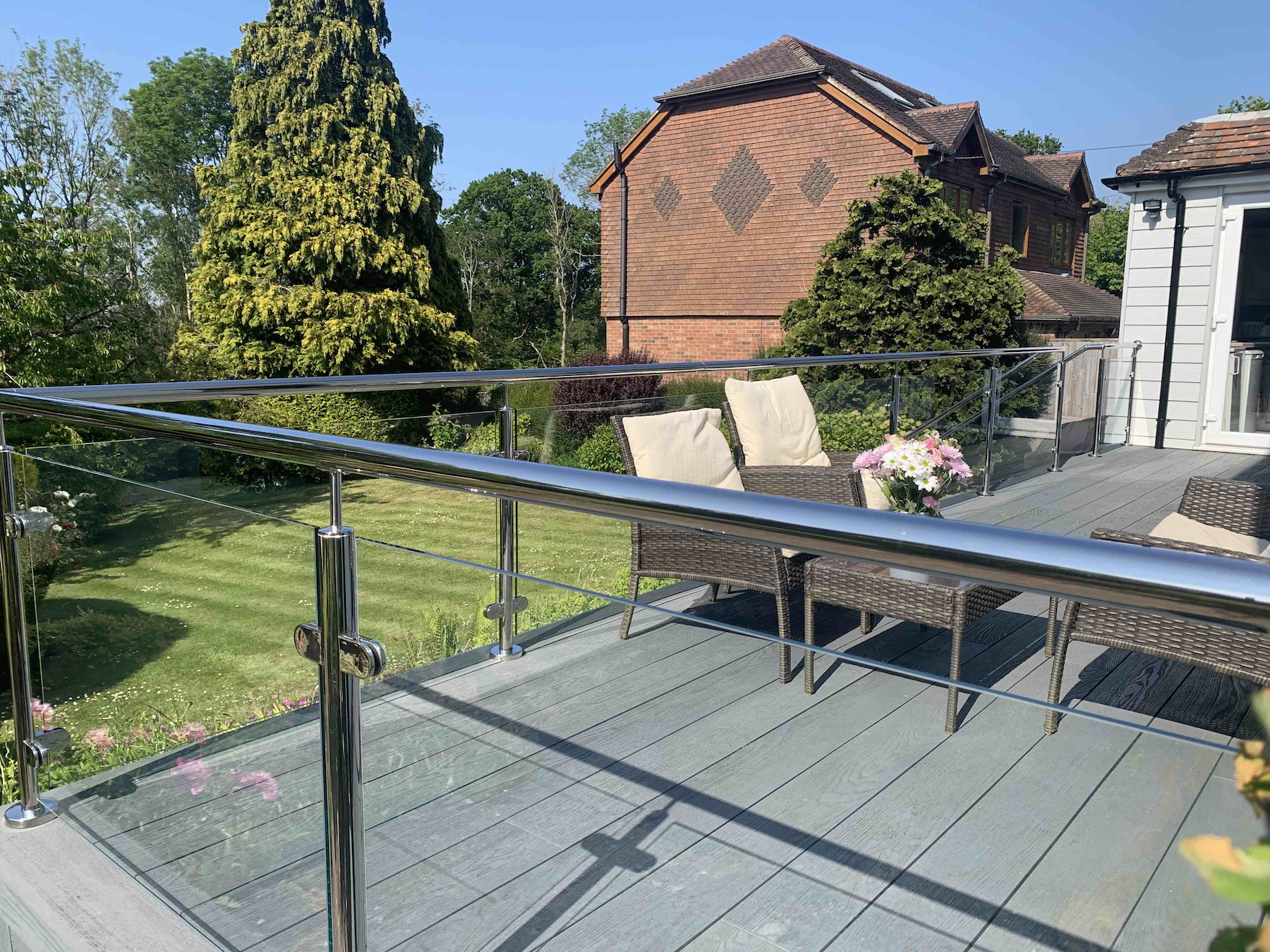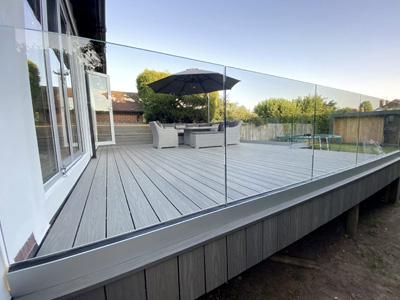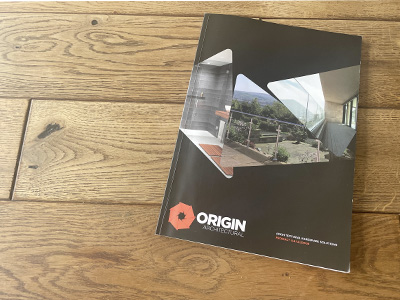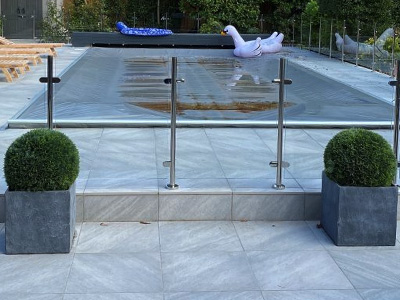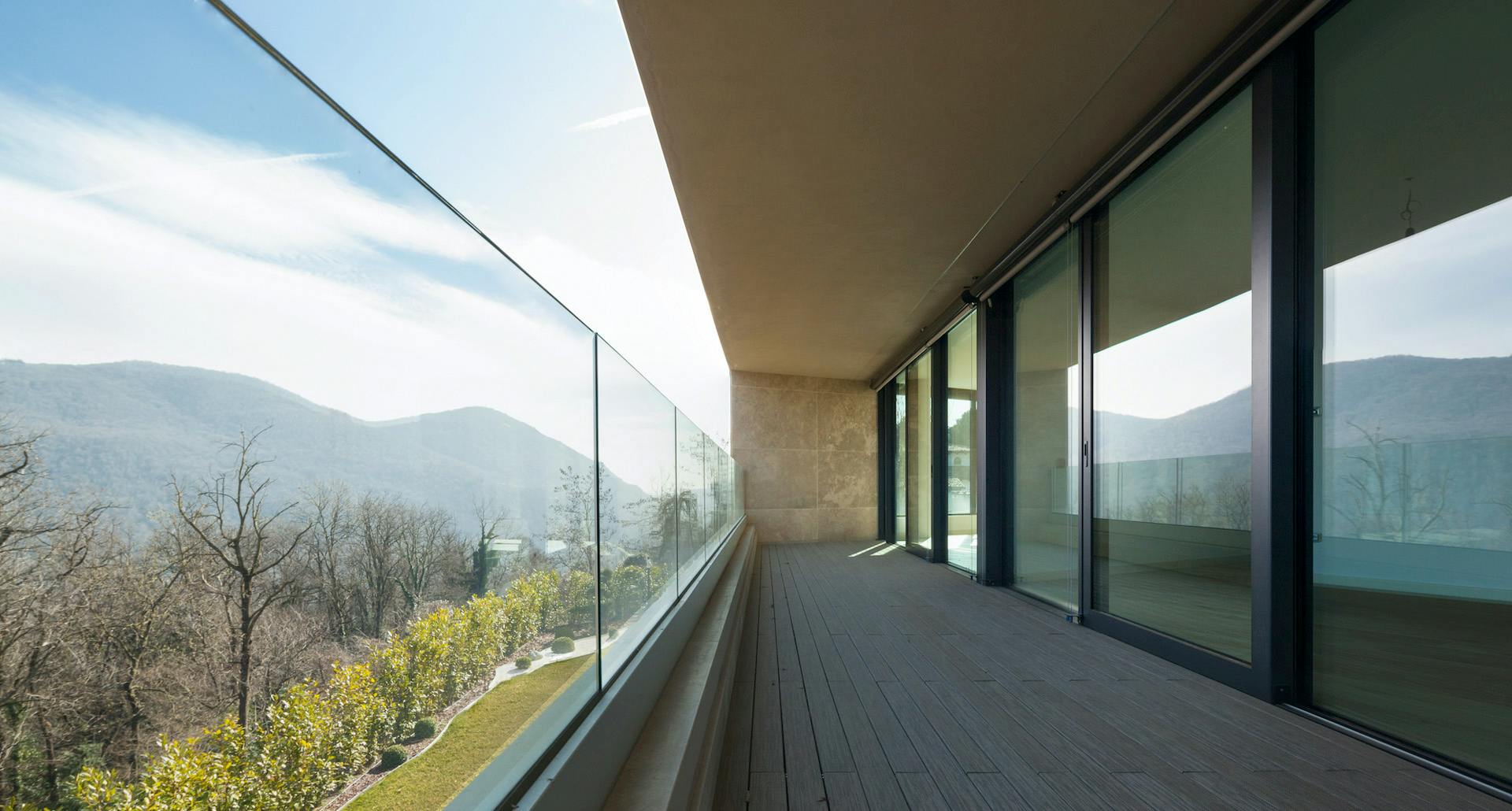Get An Instant Online Quote Now On Your Chrome Balustrade System
Design Your Balustrade
Design your perfect Glass Balustrade today using our online Balustrade Designer and get an instant quote.
Request Your Catalogue
Download your free catalogue to help you choose the perfect balustrade solution for your project.
Chrome Balustrade
What is chrome balustrade?
When our customers ask us for chrome balustrade they usually mean that they would like the metal fixings to have a shiny finish. To achieve that finish on the metal work, it will usually be made of two materials. The first is zinc with a shiny chrome finish. The second is stainless steel that has been mirror polished. The stainless steel is usually outdoor grade (grade 316).
Comparing zinc and mirror polished
The only products that can be purchased that are manufactured from zinc with a chrome finish are glass clamps. Zinc would not be strong enough to support a structural product such as a post. Mirror polished stainless steel can be used for any applications including in environments such as next to the sea or swimming pools. There follows a short table showing the difference between the two products:
What are the applications of chrome balustrade?
Zinc components with a chrome finish are most commonly used on indoor applications such as internal staircases. Zinc should not be used on outdoor installations as it will quickly deteriorate when it is exposed to the elements.
Mirror polished stainless steel should be used where the stainless steel is exposed to elements such as seawater or chlorine. We will subsequently always recommend that it be used in coastal installations or next to swimming pools.
| Chrome Product | Zinc with Chrome Plate | Mirror Polished |
|---|---|---|
| Applications | Internal Clamps Only | Most Metal Applications including those near the sea and swimming pools |
| Price | Cost Effective | Higher end for stainless steel |
| Cleaning Requirements | As only used inside should only require polishing | Use stainless steel cleaner. Frequency depends on the environment |
Chrome Balustrade Components
Frequently Asked Questions
Zinc chrome components are usually far cheaper than stainless steel components. Mirror polished stainless steel components on the other hand are usually more expensive than either zinc or stain finished stainless steel products. This is because they have been mirror polished which is in itself a costly process.
Zinc components with a polished finish should always be used for internal installations. As a result they do not usually need much maintenance. The process of mirror polishing for stainless steel is designed to further protect the stainless steel from discolouring and corroding. The stainless steel should however still be regularly maintained. Depending on the environment, the stainless steel should be cleaned with a stainless steel cleaner at regular intervals.
Yes you can. Our zinc clamps are particularly popular with internal staircases. Our mirror polished range is most commonly used next to swimming pools and costal applications.
GOT A QUESTION?
Our experienced team are always happy help
Just fill in this contact form and we'll get back to you as soon as possible. Alternatively, you can call get in touch using the methods below:Read Our Recent Articles On Glass Balustrade
Balustrade Regulations UK: Important Regs to Understand
How thick should the glass on a glass balustrade be?
Why are Glass Balustrades a Good Choice for Coastal Properties?
Inspiration For Chrome Balustrade
Some examples of chrome balustrade installations by our customers






Balustrade Technical Support
Got a Question?
Our friendly and experienced UK customer service team are on hand to help and answer any questions you may have via phone or email.

